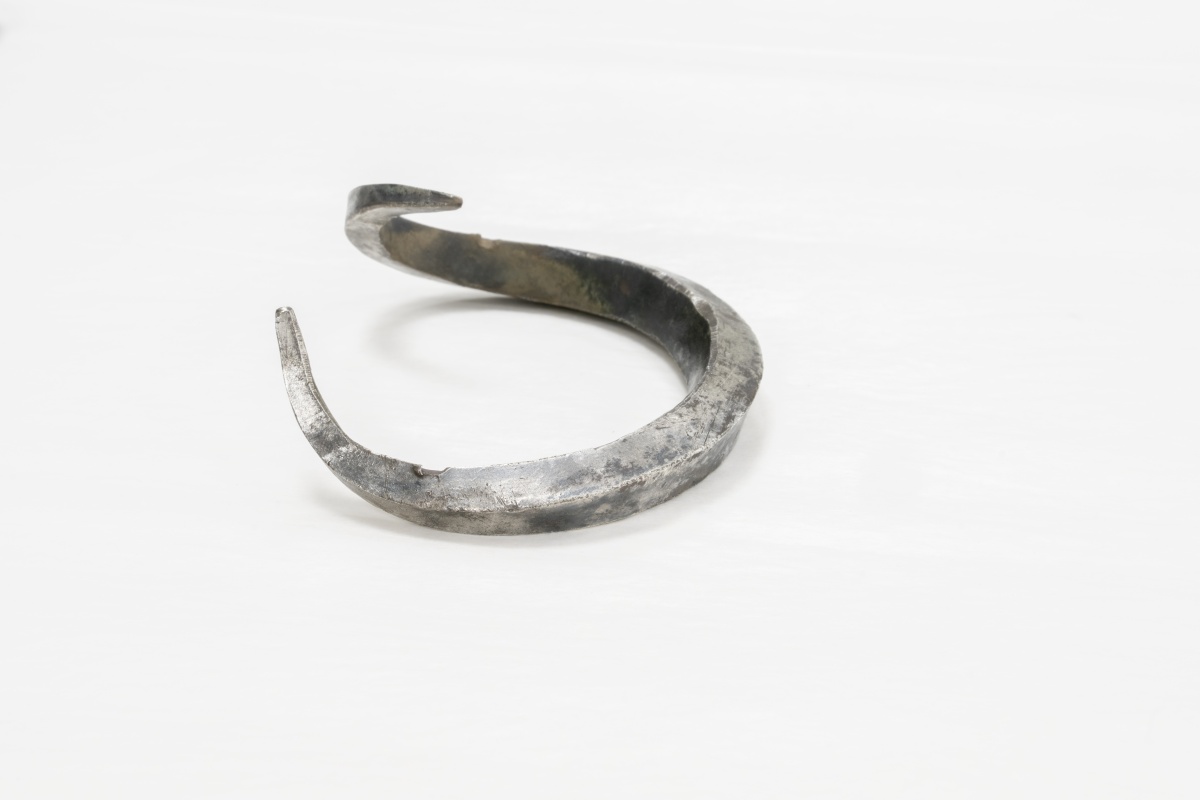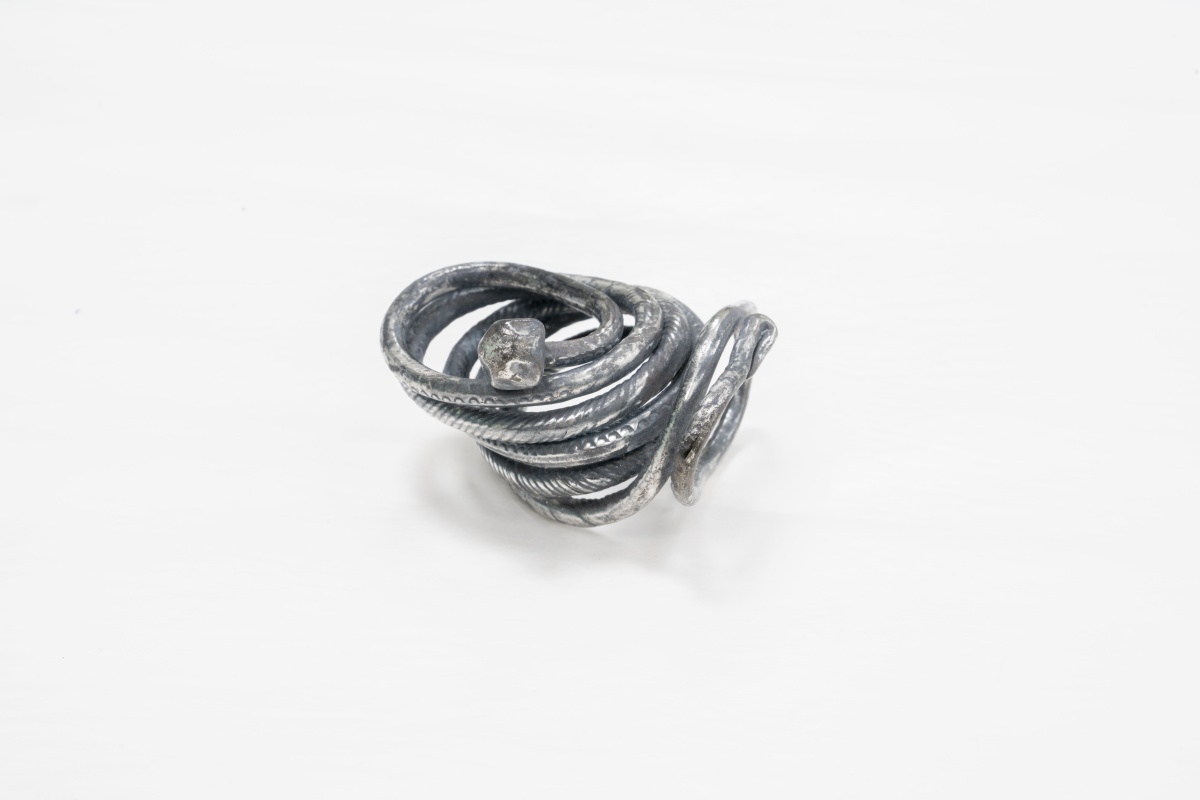Je to vikingský... já vim, že je to možná puntíčkářské, ale když se to tam pořád opakuje........🤷♀️🙏
Archaeology student finds silver Viking treasure with a detector
Categories: Treasures , Nálezy nejenom s detektorem ve Skandinávii
In a field near Elsted in the spring, an archaeology student discovered a hoard of seven silver Viking bracelets. First he found one, then a week later he returned to the site and discovered six more. Dating back to around 800 AD, they date from the very beginning of the Viking Age and show widespread Viking connections.
Twenty-two-year-old archaeology student Gustav Bruunsgaard from Aarhus University was walking with a metal detector at Elsted, north of Aarhus. He was aware that traces of Viking settlement had been discovered there in the past. However, the trail to the discovery of the precious treasure is very far away and Gustav was very lucky. Moreover, his discovery underlines Aarhus' position as an international Viking centre with links to areas from Ukraine and Russia to the British Isles.
Most of the bracelets were probably made in Denmark or southern Scandinavia. The winding bracelet typically originated in what is now Russia or Ukraine, and has since been imitated in the Nordic countries. The three embossed band bracelets represent a South Scandinavian type that inspired bracelets in Ireland, where they became widespread. Three plain bracelets are rare; they are known mainly from Scandinavia and England.
Silver was the standard of value for Vikingers. Gustav's bracelets together weigh over half a kilogram. Such bracelets were not only ornamental, but also served as a means of payment and transaction, which also indicated the financial ability of the owner.
"The Elsted Farm Treasure is a fantastically interesting find from the time of the Vikingers, connecting Aarhus with Russia and Ukraine to the east and the British Isles to the west. In this way, the find highlights how Aarhus was a central place in the world Vikingers who operated from the North Atlantic to Asia," said Kasper H. Andersen, Ph.D., a historian at the Moesgaard Museum.
In Denmark, archaeological objects, including coins that have historical value and/or are made of precious metals, are legally the property of the state. Any such finds must by law be reported to the authorities and immediately forwarded to the National Museum. The Museum then compensates the finder for the surrendered items with an amount according to the value, rarity and significance of the artifact found.
The bracelets are now on display at the Moesgaard Museum and will be handed over to the National Museum after the exhibition.
Roman Němec
Sources: via.ritzau.dk, thehistoryblog.com, dr.dk
You can see nearly 400 early medieval metal detector finds in History Hunters: Early Medieval




The article is included in categories:
- Archive of articles > Treasures
- Archive of articles > Archaeology > Finds and rescue research abroad > Nálezy nejenom s detektorem ve Skandinávii
Post
Omyl Míco: https://www.severskelisty.cz/jazyk/jazy0005.php
https://cs.wiktionary.org/wiki/vikinsk%C3%BD
Je to puntičkářské. A platí obě možnosti, přesnější je ale vikinské.
Hm, tak to vidím prvně...holt o nich víc asi čtu v cizím jazyce. Ok.




 konec tady..
konec tady..
To Macamica: něco o víkendu vyčistím a vložím... opravdová lahůdka pro tebe :) Uvidíš :)













